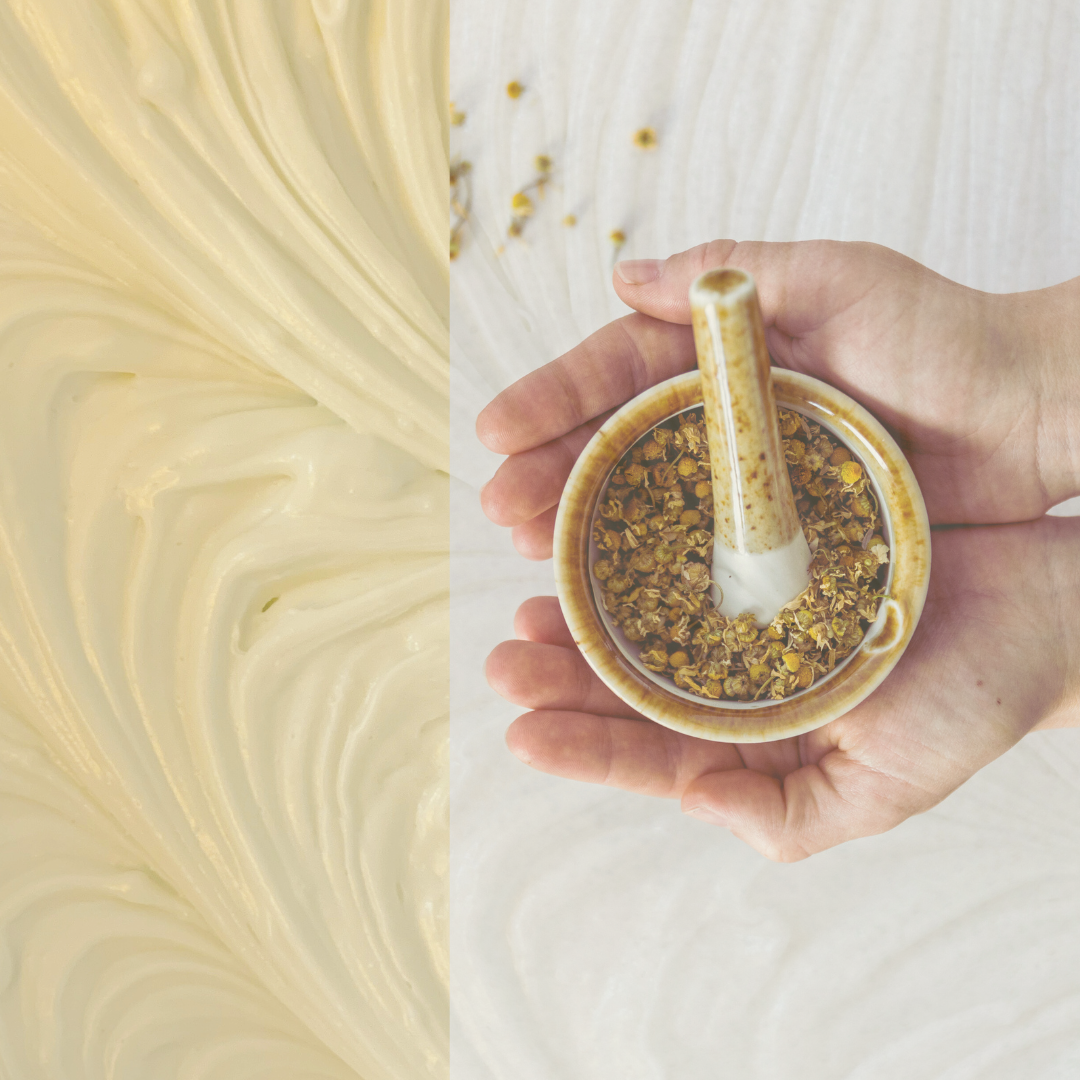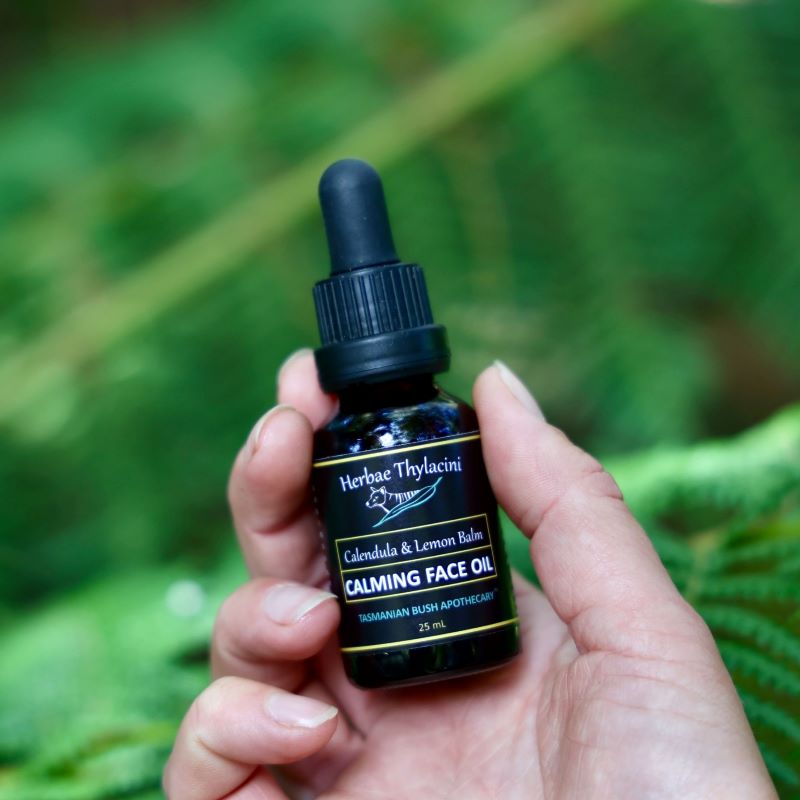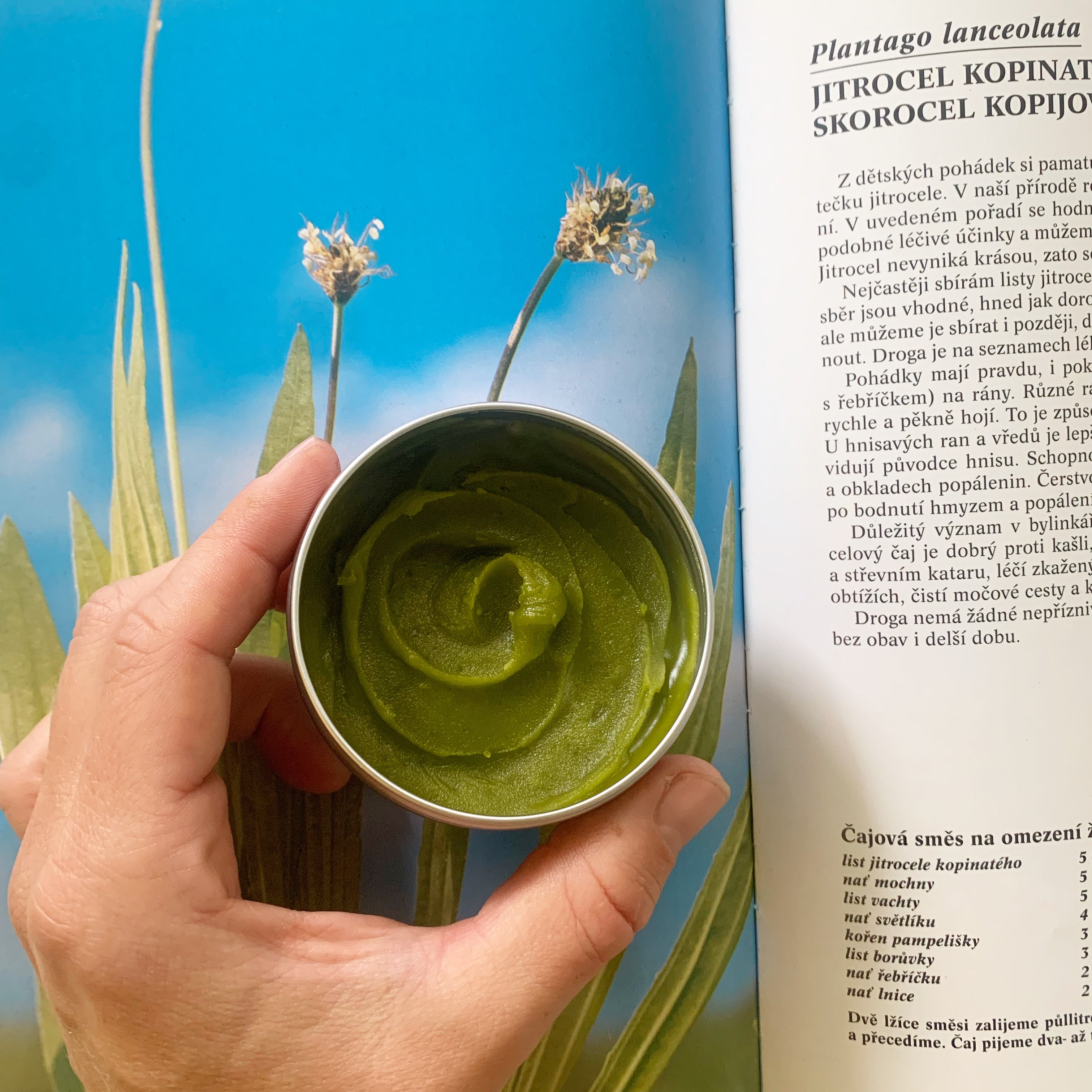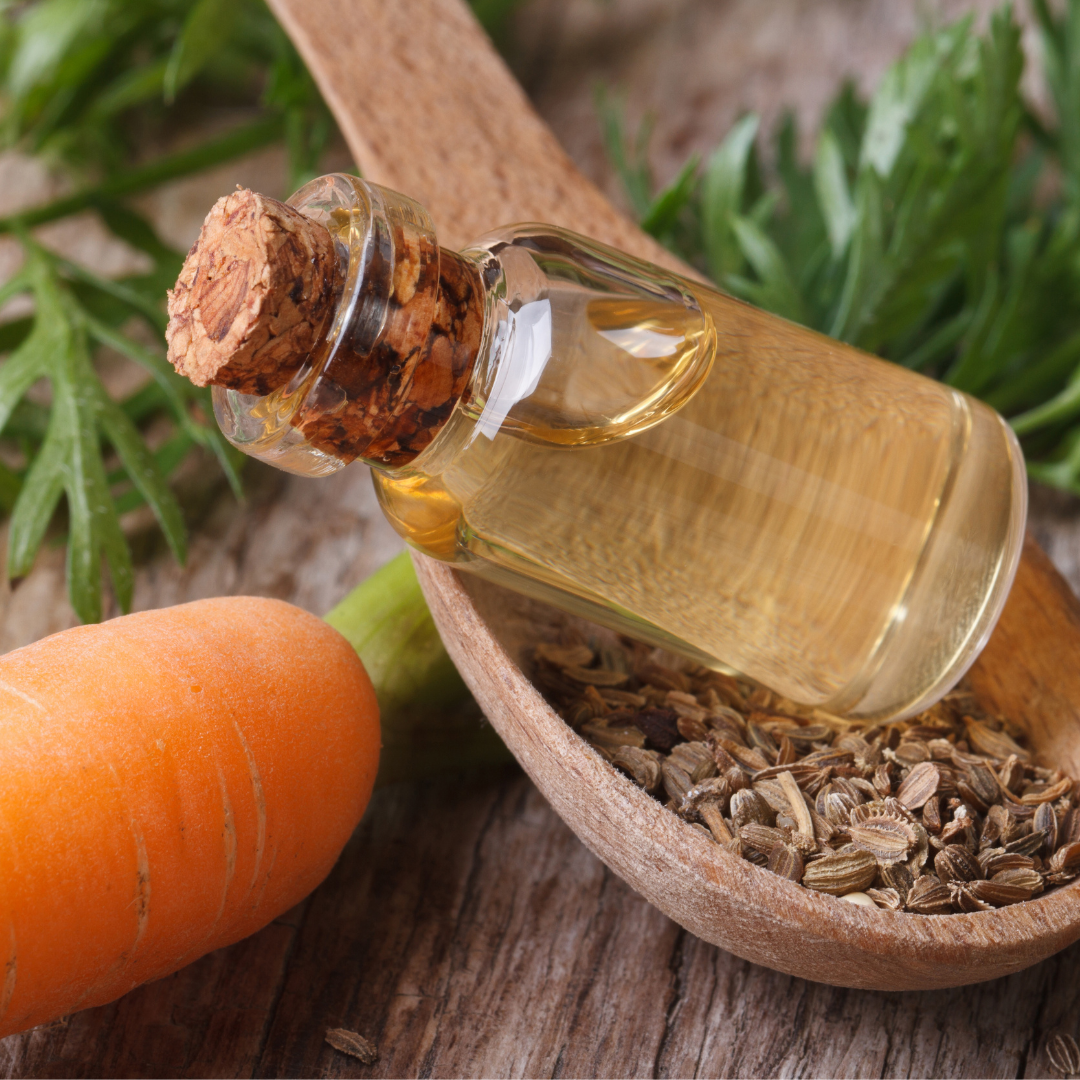
On the origin of the “60% of your skin care gets absorbed” myth: The case of the misinterpreted study
You might have come across the blanket statement that “60% of what you apply on your skin, gets absorbed into your bloodstream”. This statement has been perpetuated by the natural skin care industry without any substantiation for years. Marketing strategy of many natural skin care brands still stands (and falls) with this statement.
Fortunately, you can now find a number of online articles which explain why this is a myth. The purpose of my article is different, so I will not be going into details here. If you would like to learn more about absorption of skin care, I invite you to join me in one of the upcoming editions of my online class “Galenic Formulation in Herbal Skin Care”. In this course I will unpack some of the complexity about chemical absorption via dermal route, along many other topics.
Where did the false statement come from?
As someone who is interested in skin care and cosmetic & pharmaceutical formulation, I appreciate the complexity of determining skin absorption rates of various chemicals. So, while I second the fact that the “60 % statement” is false, I have always wondered where it came from. I am sure so have many of you! Did someone just make that figure up? Is there an obscure study that comes to this ludicrous conclusion? Maybe there is something to it... Surely, it is based on something solid! Well, turns out it is!
It is based on a very solid and complete misinterpretation of a scientific study!
The study in question was published in 1984 in the American Journal of Public Health, Volume 74, No.5: The Role of Skin Absorption as a Route of Exposure for Volatile Organic Compounds (VOCs) in Drinking Water, authored by H.S. Brown, D.R. Bishop, and C.A. Rowan.
It was one of the first studies that pointed out that exposure to contaminated water is not only problematic when the water is consumed but also when one takes a bath in it.
The infamously misinterpreted sentence taken from the abstract of the study states: “We found that skin absorption contributed from 29-91 per cent of the total dose, averaging 64 per cent.” However, as per another sentence in the abstract, the conclusion of the study has nothing to do with accurate rates of skin absorption of certain chemicals: “We conclude that skin absorption of contaminants in drinking water has been underestimated and that ingestion may not constitute the sole or even primary route of exposure.” I cannot tell who misinterpreted the study for the first time. But someone must have and the misinterpretation then spread through the internet and started a whole new fad.
Here are a few examples of incorrectly drawn conclusions:
- "It [the study] showed that the skin absorbed an average of 64% of total contaminant dosage". (Link) - Context is missing because the 64% is not a skin absorption rate!
- "A study that showed an average of 64% skin absorption rate was using solvents like toluene, xylene, and methylene chloride as the compounds tested for skin absorption. Solvents have an exceptional ability to disrupt the skin barrier, so the skin absorption rate for a solvent will be higher than most other compounds." (Link) - Nice try, but no, this is not the caveat. (Plus the study worked with toluene, ethylene benzene, and styrene...)
- "The study showed that some ingredients had an absorption rate of around 1%, while others were closer to 99%." (Link) - No, the study did not show this either.
If you would like to really know what the study said and how is it important for absorption of skin care ingredients, read on!
Read studies in their entirety!
If you went into the trouble of reading the study (which you absolutely should if you want to draw your own conclusions from it), you would understand what the 64% figure refers to. Because it ain’t a skin absorption rate. Let’s have a look at it together.
The study compares dermal absorption of three different chemicals present in contaminated water. It works with three different theoretical concentrations of these chemicals expressed as mg/L, and three different body types (adult 70kg man, 10kg infant and 29kg child) exposed to the contaminated water. The authors calculate the amount of chemicals absorbed when i. drinking a defined volume of contaminated water, and ii. bathing in the said water.
What does the ~60% figure actually mean?
Let’s take an example of water contaminated with ethylbenzene at a concentration of 0.5 mg/L (as per the study).
In the first scenario:
- A theoretical average 70kg man drinks 2 L of this water.
- This results in 1 mg (2x0.5) of ethylbenzene absorbing into his body.
- 1mg / 70kg = 0.014 mg of ethylbenzene per 1 kg of body weight.
In the second scenario:
- The same theoretical man takes a 15min bath (submerges 80% of his body) in the water contaminated with the same concentration of ethylbenzene.
- The authors do not say in how many litres the bath takes place, but let’s consider a minimal volume that would just about cover 80% of the man's body, making sure nearly all the water would come in touch with his body surface: 75 L.
- After performing their theoretical calculations, the authors bring forth the following number: 0.03 mg/kg of body weight.
- In other words, (0.03x70kg) 2.1 mg of ethylbenzene absorbed in total (twice as much when compared to drinking 2 L of the said water).
The study further considers the man doing both:
- Drinking 2 L of the contaminated water AND taking a 15min bath in it.
- In total, he will supposedly absorb 3.1 mg of ethylbenzene via digestive system and his skin.
- 68% (2.1mg) of this total absorbed dose comes from the bath (i.e. skin exposure)
- 32% (1mg) comes from drinking the water.
The 68% is the number that got erroneously misinterpreted! It is NOT a skin absorption rate of ethylbenzene!
So what proportion of ethylbenzene gets absorbed through the skin?
- If you take a bath in 75 L of water which is contaminated with ethylbenzene at a concentration of 0.5 mg/L, you expose yourself to 37.5 mg of ethylbenzene.
- 2.1 mg of ethylbenzene (as calculated by the authors of this study) gets absorbed in such a bath.
- This represents 5.6% of the total amount of ethylbenzene you are exposed to.
In other words, a theoretical absorption rate of ethylbenzene (based on this calculation) is not 68% but 5.6%.
While this is still not the accurate absorption rate of ethylbenzene, it represents a real order of magnitude shift from the misinterpreted ~60%. A massive difference!
Wait, there is more!
Having the misinterpretation explained, let me tell you a few more things that further compromise the infamous “60% statement” and bring the 5.6% even lower:
- The discussed study is not an experimental study, i.e. nobody measured anything. All figures come from theoretical calculations.
- VERY IMPORTANTLY: As the authors point out on page 482, “the doses calculated are limited to absorption through the stratum corneum”. This means that they only account for the chemicals getting to the upper layer of the skin (stratum corneum), not all the way to the bloodstream. This further dramatically lowers the systemically absorbed amount of ethylbenzene!
- This scenario is valid for a near-full body exposure to contaminated water. The systemic absorption would massively reduce further, of course, in the context of skin care application (typically involving the face and decoltage).
Concluding remarks:
- The exact rate at which ethylbenzene (used as a highlighted example from the study) gets absorbed into the skin is unknown and cannot be determined from the discussed study alone.
- Yes, it is possible for a chemical to be absorbed via the skin into your bloodstream. The rate at which this happens is highly variable and depends on many parameters, including: the actual chemical, what form / concentration a particular chemical is applied on the skin, and various skin-related parameters.
- Generally speaking, it is rather difficult to get chemicals into the blood stream via the skin in a significant amount. The absorbed amounts are typically tiny, verging on insignificant (but of course there are some exceptions).
- Reading an abstract of a scientific publication is NOT ENOUGH to understand the scientific study!
- Similarly, reading one study is NOT ENOUGH to grasp a topic, certainly not as complex as skin absorption of chemicals.
- If you would like to learn more about the skin, join me for the next edition of the “Galenic Formulation in Herbal Skin Care” online masterclass.





